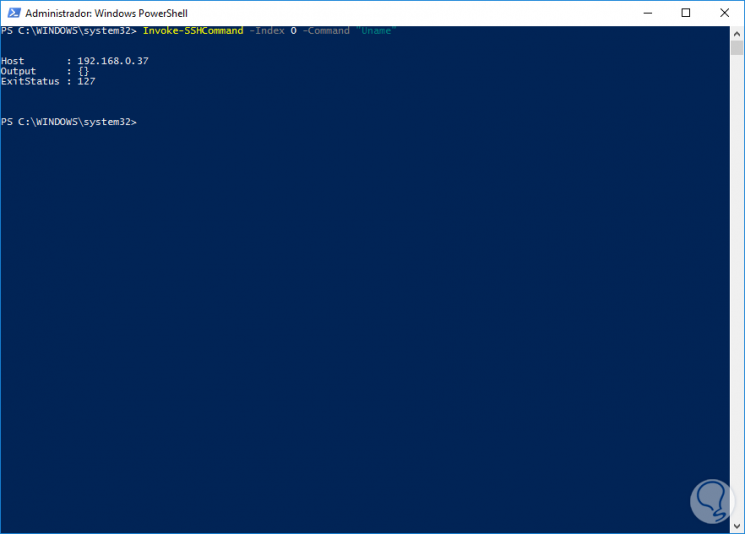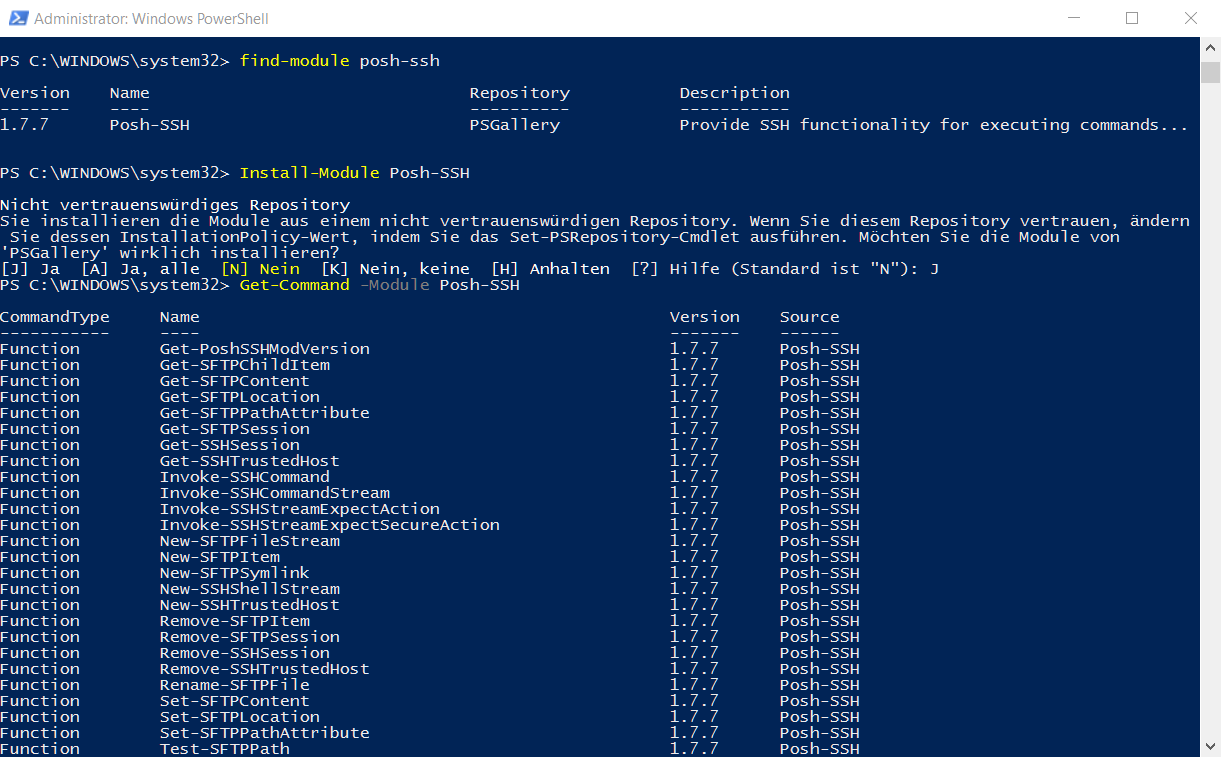

If you want the service to start automatically after a restart, you can use this command: Set-Service ssh-agent -StartupType Automatic At a PowerShell console, you can start the ssh-agent this way: Start-Service ssh-agent The ssh-agent runs as a service and securely stores your private key. Thanks to the ssh-agent, you don't have to enter the passphrase whenever you connect to a remote machine. However, I recommend using a passphrase because if not and if someone gets access to your private key, this will compromise all of your remote machines. If you want to work without a passphrase, you can just hit Enter twice.

ssh folder in your user profile- id_rsa is the private key, and id_rsa.pub is the public key. By default, the command saves the key pair in the.

The first thing you have to do is create the private and the public key, which you can do by simply running the ssh-keygen command. We have to distinguish here between the configuration on the local machine and the remote host. I assume here you installed OpenSSH as explained in my previous post. Thus, it makes sense to invest a little more time and configure PowerShell remoting for public key authentication. Moreover, public key authentication improves security because it works conveniently without using passwords.


 0 kommentar(er)
0 kommentar(er)
